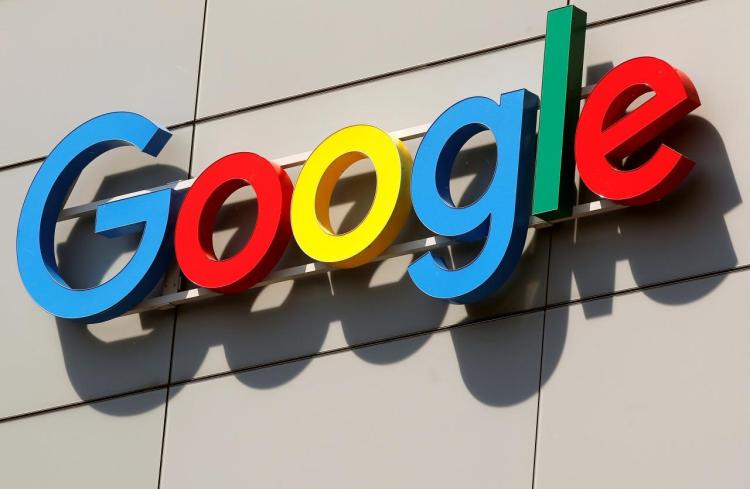Back in January 2011, Google launched the Google Science Fair, an online competition that invites 13- to 18-year-old students around the world to formulate hypotheses, perform experiments, and present their results in front of a panel of judges. The latest round of winners was announced this afternoon, with the grand prize securing a $50,000 academic scholarship and travel-based prizes furnished by Lego Education, Virgin Galactic, National Geographic, and Scientific American.
Fionn Ferreira from West Cork, Ireland — the Google Grand Prize Winner in question — investigated the removal of microplastics from the water using ferrofluids, or liquids made of nanoscale ferromagnetic particles suspended in an organic solvent. The project was inspired by a lack of filtration and screening for plastic in European wastewater treatment centers, which experts say results in increased ocean pollution.
The Virgin Galactic Pioneer Award and Lego Education Builder Award winners are Celestine Wenardy from Indonesia and Daniel Kazantsev from Russia, respectively. Wenardy developed a low-cost noninvasive continuous blood glucose monitor that leverages interferometry (techniques in which waves are superimposed to cause interference that’s used to extract information) and thermal technology, while Kazantsev proposed novel ways to help those with impaired hearing express their thoughts.
Not to be outdone, Tuan Dolmen from Turkey received the Scientific American Innovator Award for a digital agriculture module design that can capture tree vibrations, and Aman KA and AU Nachiketh Kumar from India took home the National Geographic Explorer Award for a natural coagulant for rubber latex.
June 5th: The AI Audit in NYC
Join us next week in NYC to engage with top executive leaders, delving into strategies for auditing AI models to ensure fairness, optimal performance, and ethical compliance across diverse organizations. Secure your attendance for this exclusive invite-only event.
“We are so impressed with all of this year’s Google Science Fair finalists,” said Google chief internet evangelist Vint Cerf, a judge for this year’s competition. “Fionn and this year’s other global finalists are sure to be rising stars in the STEM world — we can’t wait to see what they come up with next!”
Among previous Science Fair winners are Anushka Naiknaware in 2016, who created a prototype smart bandage that alerts doctors when it needs to be changed, and Girish Kumar in 2015, who devised a system that could automatically generate questions from educational texts. In 2012, 17-year-old Brittany Wenger won the grand prize with her “Global Neural Network Cloud Service for Breast Cancer,” which noninvasively diagnosed malignant cancerous tumors with 99% accuracy in a test set.
The Science Fair is anything but a walk in the park. Applicants’ final submission comprises 10 sections, including a summary, an “About Me” page, project steps, and works cited page. Entries are judged on eight core criteria: presentations, questions, hypotheses, research, experiments, data, observations, and conclusions.

